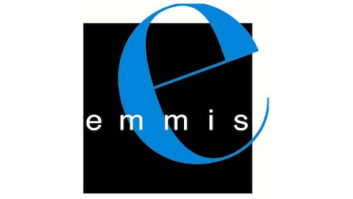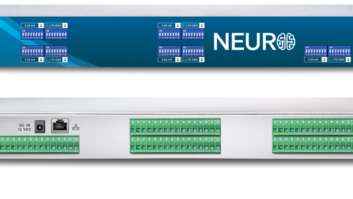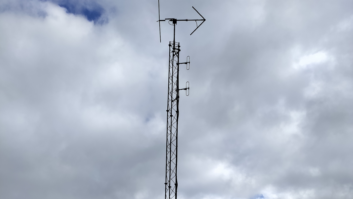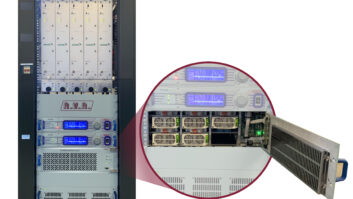
AT&T started launching a 5G network in parts of Indianapolis this week, the carrier said. Austin, Texas, was queued up for 5G by the carrier earlier this year and is now live in some areas there. Newer “fifth-generation” technologies are said to provide download speeds that are twice as fast as the 4G LTE networks now in use. In turn, downloads on 4G networks are said to be up to 10 times faster than those on 3G, or third-generation, wireless network technology.
AT&T said that by the end of this year, it plans to make its flavor of 5G—Evolution—available in more than 20 metro areas, including Atlanta, Boston, Chicago, Los Angeles, Nashville and San Francisco. The carrier said it would share more information about those metros when they were close to launching in each.
“We’re aggressively deploying equipment, investing in the right mix of spectrum and technology, and laying the foundation for our evolution to 5G while 5G standards are being finalized,” the carrier said in a release announcing the Indianapolis launch. “We’re working with more than a dozen global technology companies to get 5G ready for deployment.”
AT&T said it “helped lead efforts to lock down some key components of the 3rd Generation Partnership Project wireless standards requirements by the end of 2017,” boosting chipset and network development and enabling the delivery of standards-based 5G networks by late next year.
“We’re excited to launch these new, faster, wireless technologies in Indianapolis as we march towards standards-based mobile 5G,” said Marachel Knight, senior vice president of Wireless Network Architecture and Design. “The upgrades in Indianapolis are crucial to the future of next generation connectivity in this city.”
AT&T said it invested more than $350 million in its Indianapolis wireless and wired networks between 2014 and 2016. It also launched a new Distributed Antenna System and added network capacity to nine existing systems in Indianapolis to serve large venues such as airports, stadiums, and malls over the past year. Further, the carrier said it upgraded cell towers in its prospective 5G markets with 256 QAM, 4×4 MIMO, and three-way carrier aggregation.
Only Samsung Galaxy S8 or S8+ smartphones can operate on the 5G networks. More 5G-capable devices are expected “in the coming months,” AT&T said.
The carrier also said it expected to deployed LTE-License Assisted Access and four-way carrier aggregation in certain areas of 5G Evolution metros by the end of this year.
“We recently tested LTE-LAA technology in San Francisco where we observed peak speeds of more than 750 Mbps. We plan to expand LTE-LAA testing to additional areas of San Francisco and Indianapolis locations in the coming weeks,” the carrier said.
AT&T emphasized the importance of small cells for 5G, and that more would be added in Indianapolis over the next few months.
“These small cells use centralized RAN architecture, which means the ‘brains’ of each small cell or tower exist in one location. This allows engineers to add capacity and improve efficiency for hundreds of cell sites quickly and simultaneously.”












